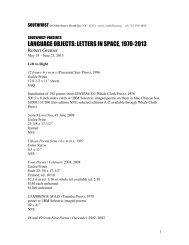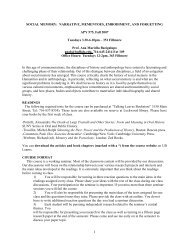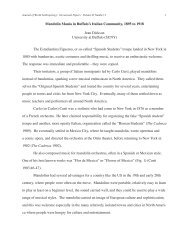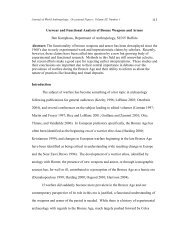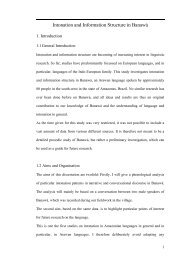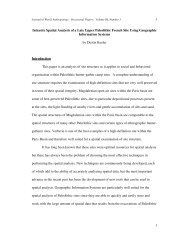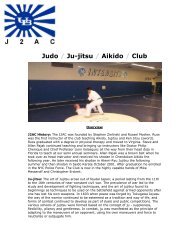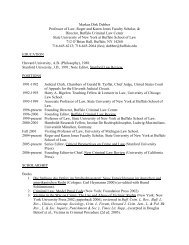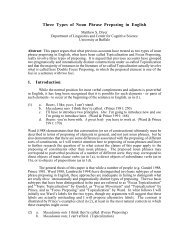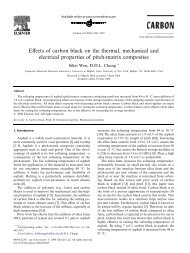Electrophysiological Evidence for Sentence Comprehension - Wings
Electrophysiological Evidence for Sentence Comprehension - Wings
Electrophysiological Evidence for Sentence Comprehension - Wings
Create successful ePaper yourself
Turn your PDF publications into a flip-book with our unique Google optimized e-Paper software.
well known that SLI children do not constitute a homogenous group. Language abilities<br />
were also compared across different populations to establish similarities and<br />
dissimilarities in language function between children with SLI and e.g. Autism or Down<br />
Syndrom (Bishop & Frazier-Norbury, 2002; Laws & Bishop, 2003) with a different<br />
rationale: to show how some non-linguistic deficit (in these articles ‘general in<strong>for</strong>mation<br />
processing’) affects language function in a similar fashion in different deficits exactly<br />
because the underlying deficit in SLI is more general and not language specific. Similar<br />
approach is adopted in the ‘critical mass’ approach of Conti-Ramsden & Jones (1997).<br />
The lexicon limitations simply do not allow children with SLI to make rules, i.e. it is due<br />
to the general learning mechanism failure that the children need bigger vocabulary to<br />
extract rules; there<strong>for</strong>e, morphology (especially verb morphology) is affected although<br />
the core of the deficit lies somewhere else.<br />
Heterogeneity of SLI is notorious (although <strong>for</strong> opposite view see e.g. Schöler & Fromm,<br />
1996). However, there is even less agreement about the classification of subgroups of SLI<br />
than about its definition. Reviewing the literature Fletcher (1992) suggests three criteria<br />
<strong>for</strong> classification: clinical, psychometric and linguistic. Other researchers usually<br />
confront two criteria, clinical and psychometric (e.g. Conti-Ramsden & Adams, 1995,<br />
Conti-Ramsden et al., 1997, Leonard, 1998). As the names imply, psychometric (or<br />
‘cluster analysis’) criteria define subgroups based on different outcomes on various<br />
language and non-language tests. The tests usually cover articulation, receptive and<br />
expressive vocabulary and aspects of receptive and expressive grammar. Word and non-<br />
word repetition as well as sentence repetition is often included. Recently, narrative tests<br />
49




